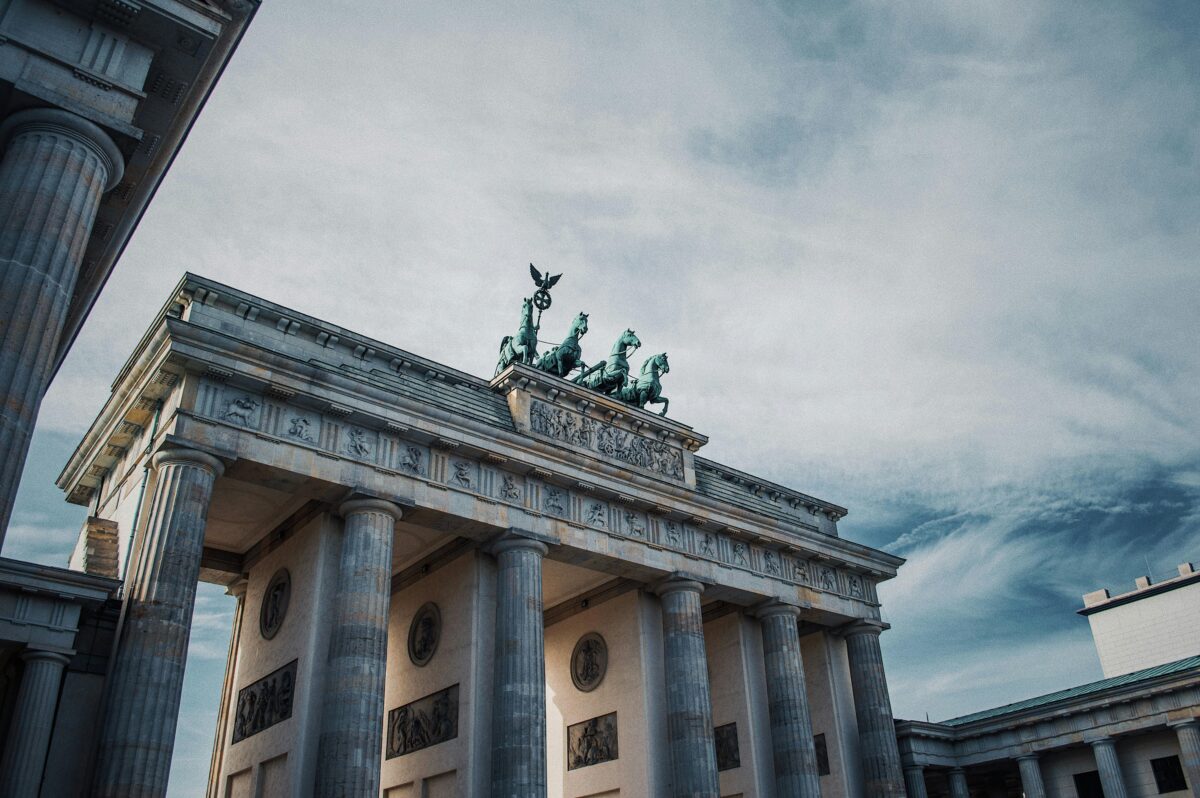
Facts about Berlin. Life in Germany. Berlin is a city full of surprises. Famous for its rich history, lively culture, and mix of old and new buildings, the German capital also has many hidden but interesting facts. From popular foods like currywurst and döner to unique spots like vegan sex shops, Berlin is a city full of fun and unusual things to discover. Here are ten surprising facts about Berlin you should know.
Facts about Berlin
Berlin is a city full of vibrant cultures and diverse communities. With over 3.6 million residents, it stands as one of Europe’s largest cities, drawing in artists, entrepreneurs, and tourists from all over the world. Known for its rich cultural scene and exciting festivals, Berlin offers more than just iconic tourist sites. It also boasts a dynamic food scene and numerous social initiatives, making it a symbol of modernity and openness. But what else makes Berlin so unique? Discover some fascinating facts about the German capital below:
The meaning behind “Berlin”
While the name “Berlin” is known worldwide, its origins may surprise you. The name comes from Old Slavic roots—“ber” meaning “mud” or “swamp” and “-lin” indicating a place of residence. So, Berlin can be translated as “settlement in the swamp,” which makes sense given that the city was founded on marshlands along the Spree River.
Currywurst or döner?
Berlin is a street food lover’s paradise, famous for two iconic dishes—currywurst and döner. The city is home to around 1,500 currywurst stands, serving up to 70 million sausages each year. Additionally, Berlin sells an impressive 400,000 döner kebabs daily, making it a hotspot for food enthusiasts.
Vegan paradise
Berlin is one of the best cities in the world for vegans. From countless vegan restaurants to a unique vegan erotic shop, “Other Nature” in Kreuzberg, it offers plenty of plant-based options. It’s the only store of its kind in Germany.
Read also: Here are 35 fascinating facts about Germany that you might not be aware of
Berlin without tourists
Before the pandemic, Berlin attracted millions of tourists each year. In 2019, the city welcomed 34 million visitors who enjoyed the nightlife, food, and rich history. However, the COVID-19 pandemic saw a significant drop, with only 12.2 million visitors in 2020.
Neukölln’s favorite drink: Futschi
Futschi may sound exotic, but it’s a simple mix of cola and brandy. Enjoyed in typical Berlin pubs, it’s served without ice. The name comes from the word “futschikato,” meaning “spoiled,” but rest assured, the drink is far from it!
180 museums
Berlin is a haven for culture lovers with its 180 museums—more than the number of rainy days in the city (which averages 106 per year). From classic art collections to quirky exhibitions, there’s something for everyone.
The winding U2 subway ine
Berlin’s U2 subway line has the most curves in the city’s transport system. The most famous twists are at Gleisdreieck and between Rosa-Luxemburg-Platz and Alexanderplatz, where the turn radius is just 75 meters. Next time you’re on the U2, try to hold on tight!
A green city
Berlin is one of Europe’s greenest cities, boasting 431,101 street trees as of 2019. Even though about 1,100 trees are lost each year, the city’s parks and green spaces make it a wonderful place for nature lovers—and their 105,000 dogs.
Read also: List of six things you must do as a local in Germany
The city of bridges
Berlin actually has more bridges than Venice, with around 900 bridges spanning the Spree, Havel, Dahme, and many canals. The Oberbaum Bridge is perhaps the most picturesque, while the longest, Rudolf-Wissell-Brücke, stretches 930 meters.
BVG: Buses on every street
Berlin’s public bus system is massive, with about 1,500 buses covering 2,119 kilometers of streets each day. Though delays can occur, this vast network is essential to keeping the city connected. Berlin is a dynamic city that offers something for everyone. Whether you’re interested in its history, culture, or quirky local spots, Berlin continues to amaze both visitors and locals alike!
